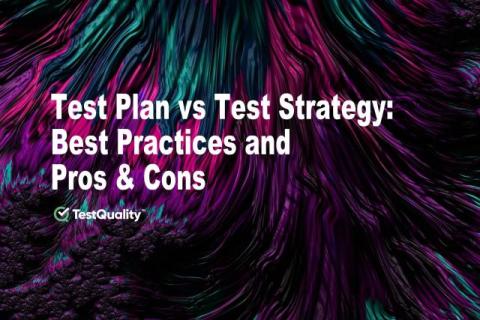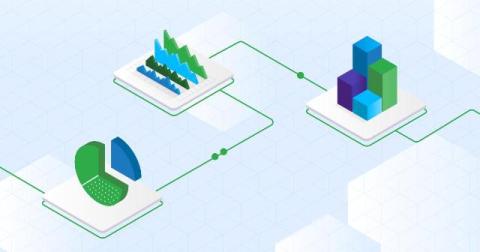Kubernetes Load Testing: How JMeter and Speedscale Compare
At some point, your development team may be considering implementing load testing (also known as stress testing) as part of your software testing process. Load testing validates that your web app is able to withstand a large number of simultaneous users, decreasing the chance that any traffic spikes will bring down your services once deployed. These stress tests can be highly granular, giving you the opportunity to test run virtually unlimited strategies before they are set into the wild.











